Semi-trailers play an integral role in the transportation industry, serving as the backbone for long-haul logistics throughout highways and interstates alike. As manufacturers, we understand the importance of knowing the specific dimensions of these trailers, not solely for operational purposes but also for compliance with legal regulations. This article delves deeply into semi-trailer lengths, focusing specifically on their dimensions, industry standards, and comparisons across different countries.
The Standard Length of Semi-Trailers
In the realm of logistics and freight transportation, dimensions are king. Semi-trailer lengths can vary dramatically based on their design and construction. Here, we’ll explore the standard lengths commonly found in various regions:
| Region | Standard Length (Meters) | Typical Length (Feet) |
|---|---|---|
| United States | 13.7 – 15.24 meters | 45 – 50 feet |
| Canada | 13.7 – 14.5 meters | 45 – 47 feet |
| Europe | 13.6 meters | 44 feet |
| Australia | 12.5 – 13.7 meters | 41 – 45 feet |
| Asia (varies widely) | 12 – 16 meters | 39 – 52 feet |
As illustrated in the table, the most commonly accepted length for semi-trailers varies between 13.6 meters in Europe to 15.24 meters in the United States. It’s no surprise that such variations stem from differing regulatory frameworks and the logistical demands faced across regions.
Variations in Semi-Trailer Types
It’s pivotal to recognize that not all semi-trailers are created equal. Their length can be influenced by factors like their intended use and the materials they transport. Here are some common types of semi-trailers and their corresponding lengths:
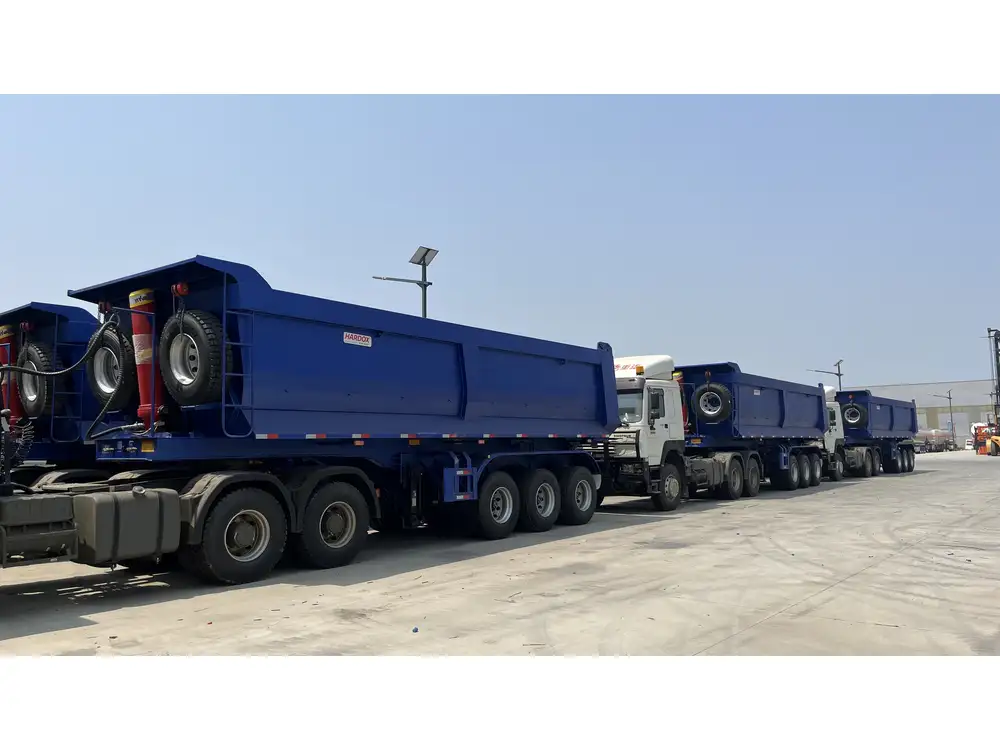
1. Flatbed Semi-Trailers
Flatbed trailers are typically utilized for transporting heavy machinery, building materials, and other oversized goods. The standard length often mirrors that of enclosed trailers, ideally falling between 13.7 and 15.2 meters (45 to 50 feet).
2. Enclosed Semi-Trailers
These trailers are vital for transporting sensitive cargo such as electronics or automotive parts, warranting protection from weather elements. Their standard length is generally around 13.6 meters (44 feet).
3. Reefers (Refrigerated Semi-Trailers)
To maintain temperature-sensitive goods like perishable food products, reefers are designed to be slightly longer—common specifications put them at about 13.6 to 15 meters (44 to 49 feet).
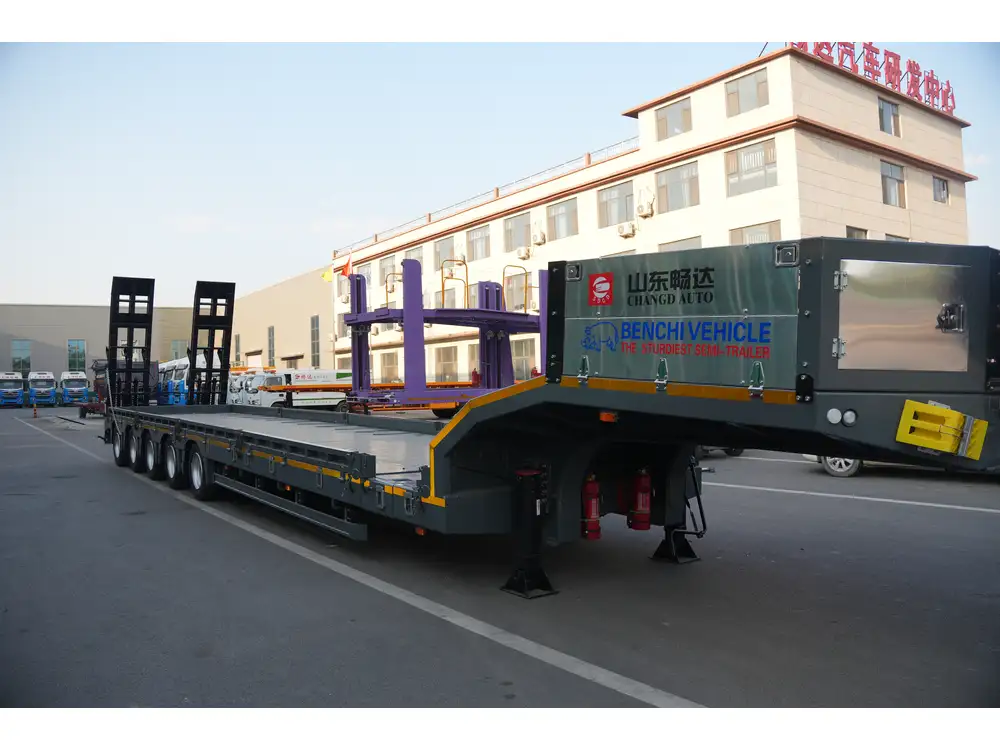
4. Tanker Semi-Trailers
Specifically designed for transporting liquids—be it fuel, chemicals, or foodgrade materials—tankers may range slightly shorter, typically about 12.2 to 15.2 meters (40 to 50 feet).
Key Consideration: It is paramount for operators to check if local laws impose length limits specific to the cargo type, as regulations can vary drastically.
Legal Framework Governing Semi-Trailer Lengths
United States
In the U.S., the Federal Highway Administration (FHWA) governs highway regulations pertaining to vehicle sizes and weight limits. While federal regulations set minimum standards, states retain the discretion to impose their restrictions. For instance, most states allow a maximum semi-trailer length of up to 53 feet (approximately 16.15 meters). However, special permits may allow longer trailers under specific conditions.
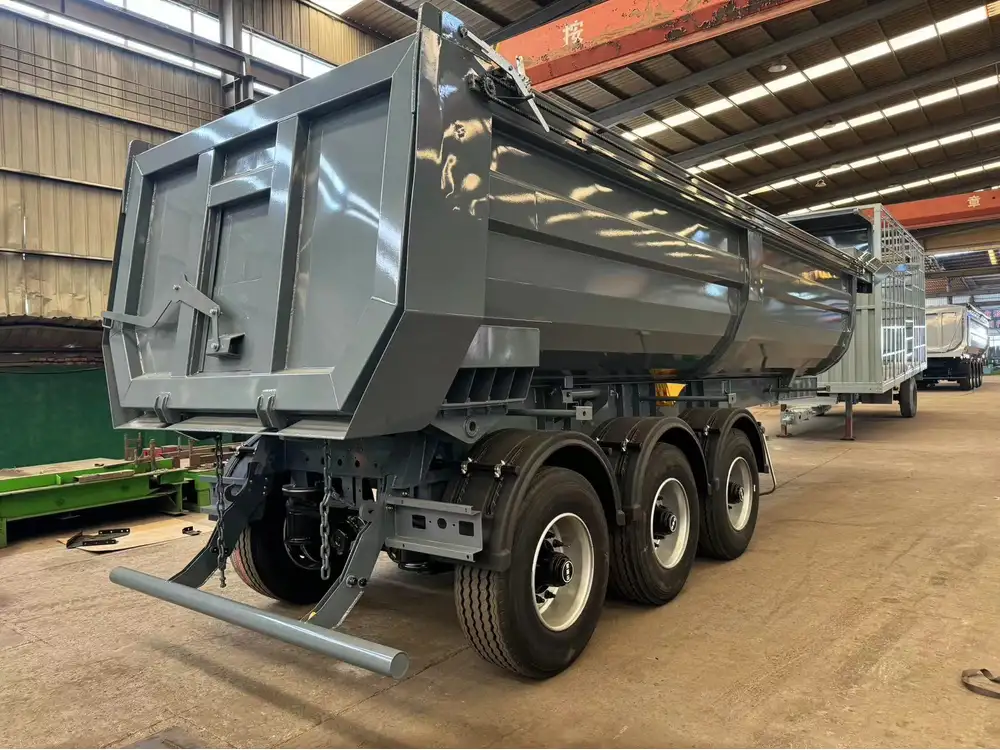
Europe
European regulations set a maximum length of 18.75 meters (61.7 feet) for a truck and trailer combination, allowing semi-trailers to be a consistent 13.6 meters (44 feet). Moreover, countries like Germany and France have strict tolerance levels for length limits, thus requiring compliance to avoid excessive fines.
Australia
In Australia, the National Heavy Vehicle Regulator (NHVR) typically permits lengths of up to 19 meters (62 feet) for a semi-trailer combination, with variance in allowances based on state regulations.
Comparing Semi-Trailer Lengths Worldwide
Understanding the differences in semi-trailer lengths globally not only aids manufacturers in design but also ensures that operators are compliant with international freight regulations. Below is a detailed comparison of maximum lengths based on geography:
| Country/Region | Max Length (Meters) | Max Length (Feet) | Comments |
|---|---|---|---|
| United States | 16.15 | 53 | Federal regulations allow for special permits for longer lengths. |
| Canada | 13.7 | 45 | Provincial regulations may vary; check local laws. |
| Germany | 13.6 | 44 | Strict enforcement of length limits; combined vehicle length maxed. |
| United Kingdom | 16.5 | 54.2 | Different combinations allow for flexibility, such as with ‘articulated’ vehicles. |
| Japan | 12.5 – 14.5 | 41 – 47.6 | Varying regulations across different prefectures. |

Importance of Knowing Semi-Trailer Lengths in Operations
Knowing the precise length of semi-trailers is essential for several reasons:
Optimizing Logistics
Accurate knowledge of trailer dimensions allows for meticulous planning and optimization of loading practices, ensuring maximum utilization of available space while adhering to legal constraints.
Compliance with Regulations
Understanding applicable length regulations helps avoid penalties and ensures adherence to local laws, safeguarding both the integrity of the transport operation and company reputation.
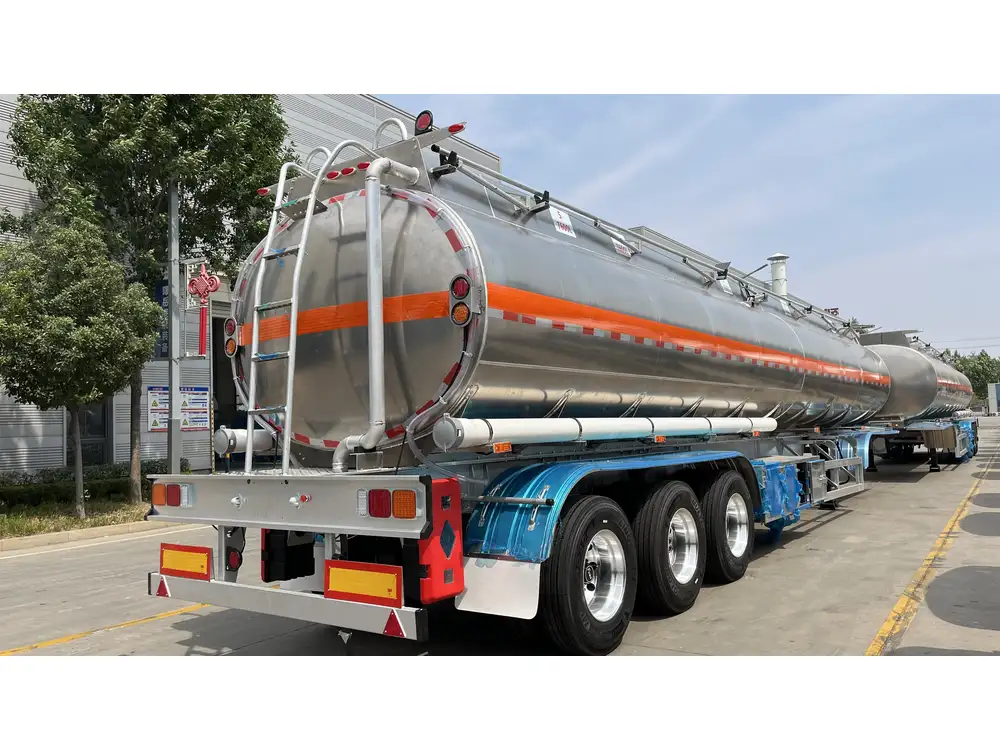
Safe Transport Practices
When planning transport routes, understanding trailer lengths can mitigate risks associated with low bridges, tight turns, and other potential hazards by ensuring that routes are navigable for longer trailers.
Facilitating Maintenance
Recognizing the standard lengths aids in effective inventory and fleet management practices, ensuring proper maintenance schedules align with specific trailer models.
The Future of Semi-Trailer Lengths and Regulations
In an industry where innovation constantly outpaces regulation, the future of semi-trailer lengths remains an intriguing topic. The introduction of aerodynamic designs and advanced materials could lead to even longer trailers capable of transporting greater cargo while optimizing fuel efficiency. Furthermore, governments worldwide are likely to continue adjusting regulations, facilitating the deployment of such technologies to reduce environmental impact while maximizing productivity.
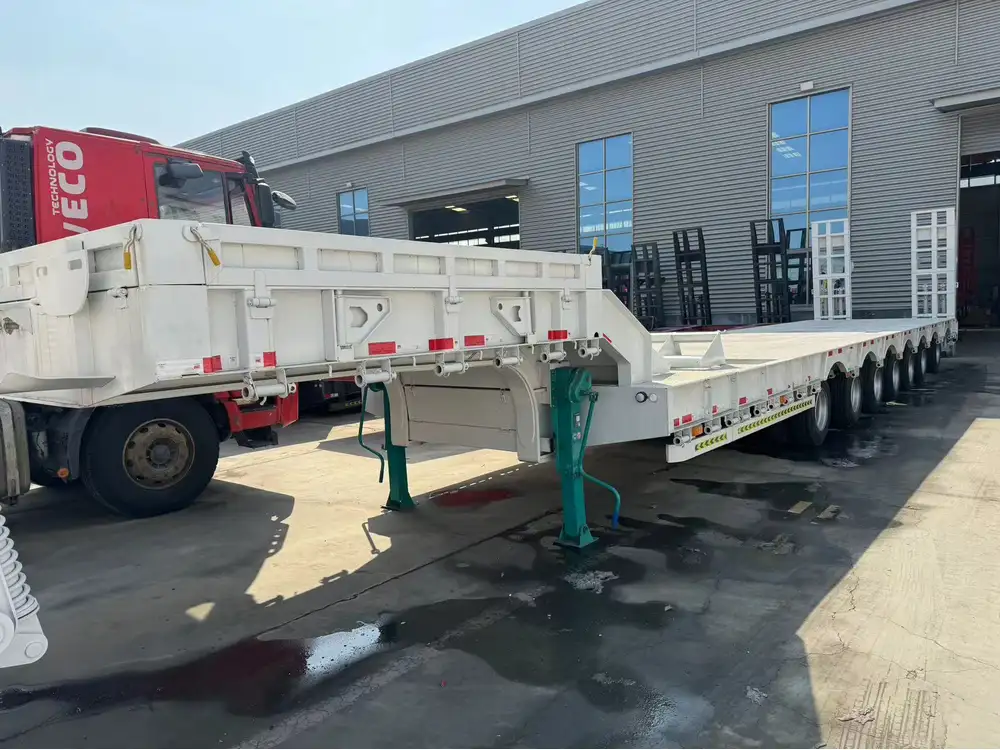
Trends to Watch For
Green Initiatives: Regulatory bodies may advocate for longer, more environmentally efficient trailers that decrease the carbon footprint of logistics-hauls.
Technological Innovations: Innovations such as lighter materials and more aerodynamic designs could lead to longer semi-trailers being permissible.
International Standardization: Increased globalization may prompt harmonization of length regulations across jurisdictions to facilitate seamless international trade.
Conclusion: Navigating Through Semi-Trailer Lengths
Understanding the length of semi-trailers and their associated factors is paramount for any stakeholder in the freight and logistics sector. From complying with regional laws to effectively optimizing loading procedures and improving operational efficiencies, the importance cannot be overstated. As we head into a future of potential innovation and regulation reform, staying informed will empower manufacturers and operators alike, propelling their businesses toward enduring success.
By prioritizing knowledge about trailer dimensions, companies can better position themselves in a competitive landscape, ensuring they are compliant, efficient, and adaptable to changing markets. Continual education on the subject will fortify their foundation and optimize their operations, propelling the entire logistics industry forward into a more streamlined and efficient future.



